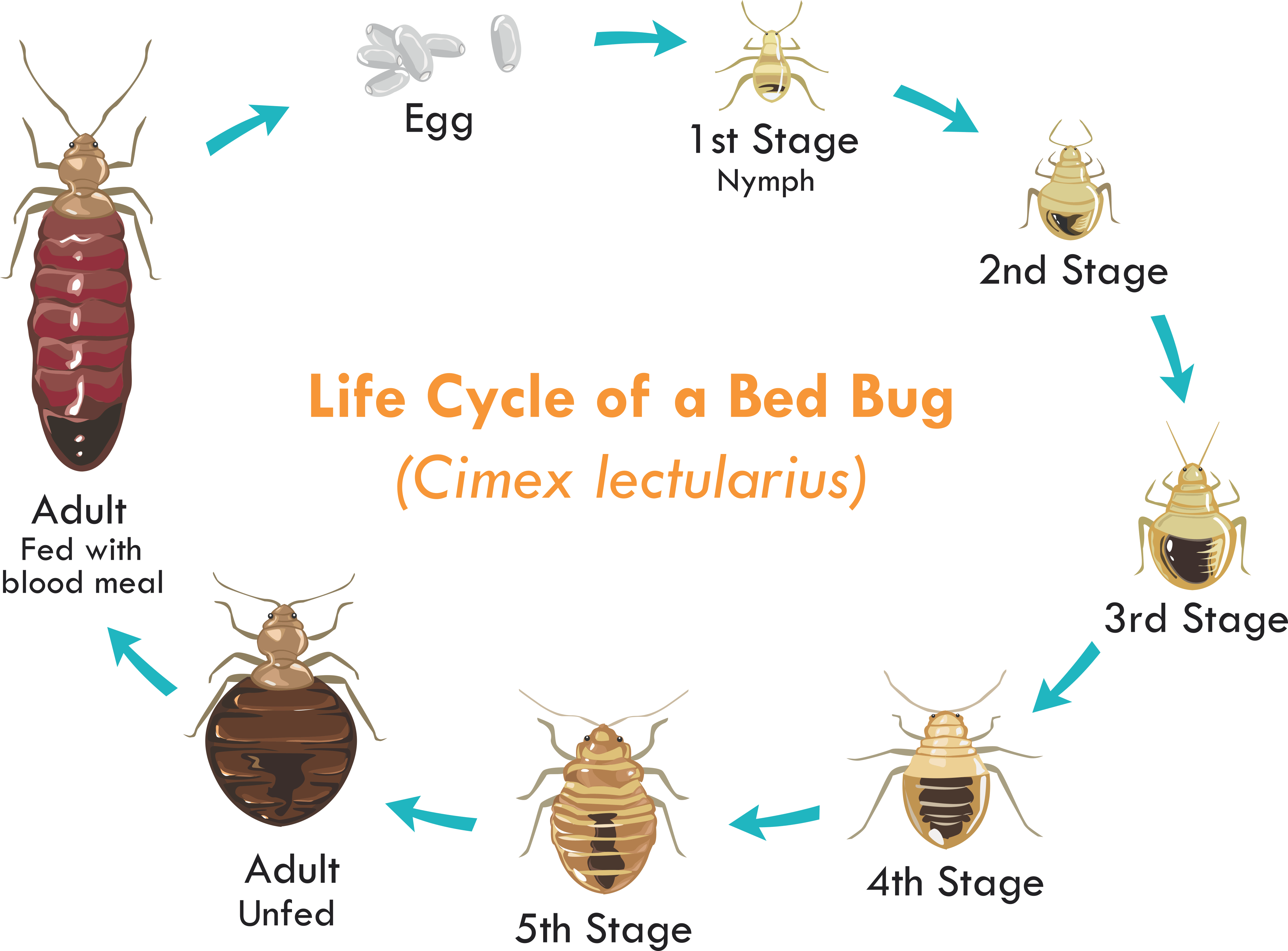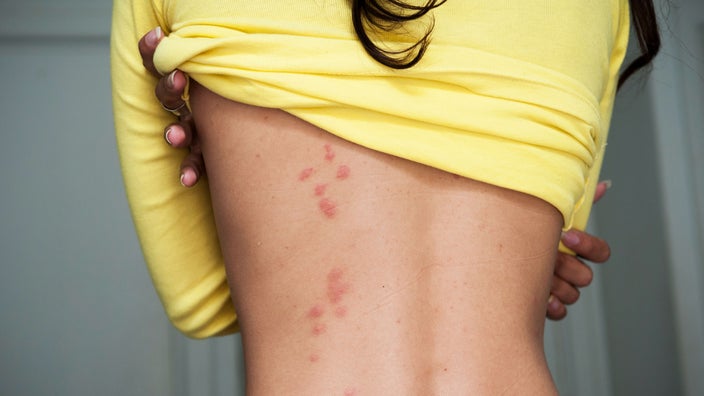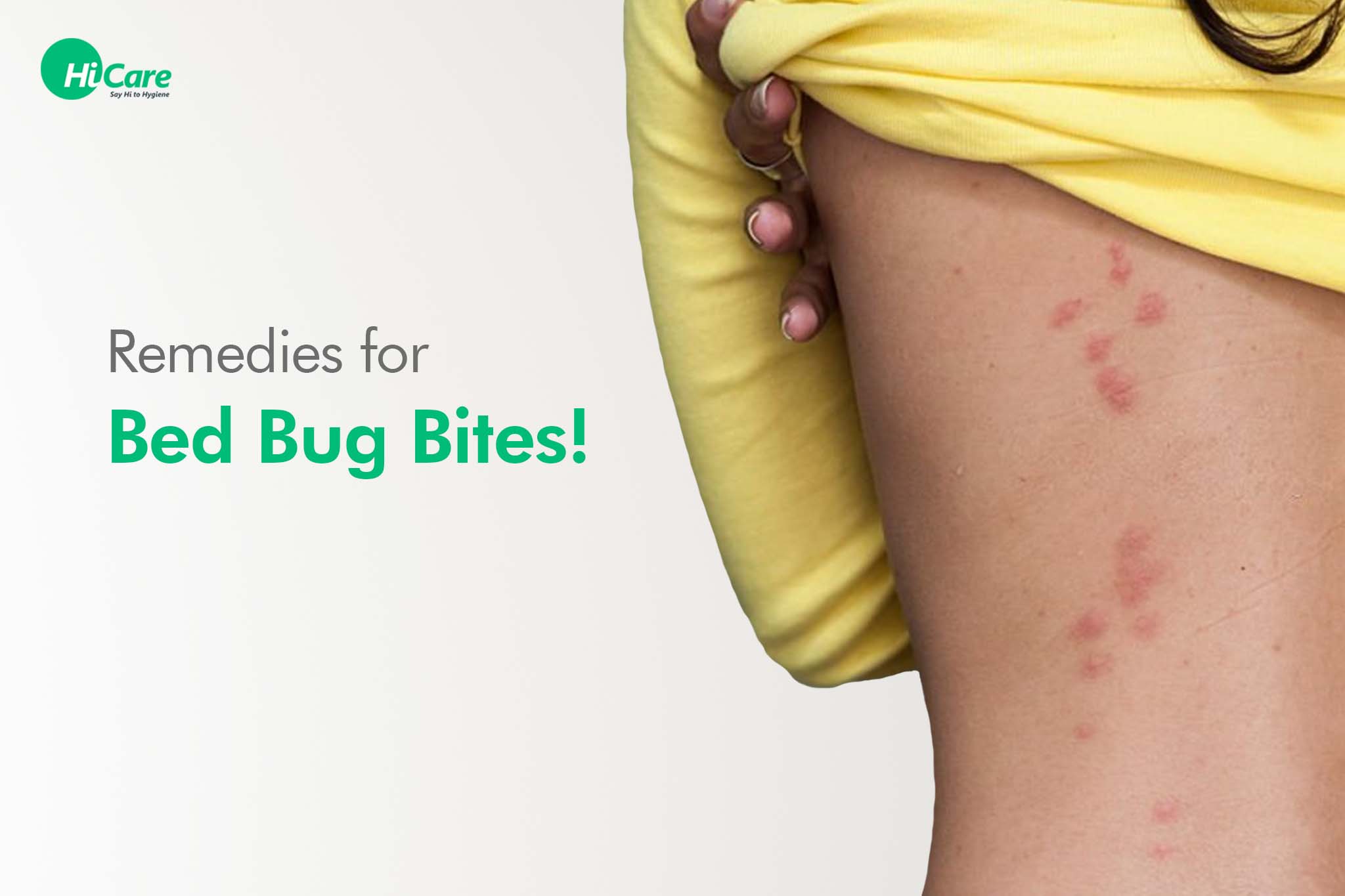To treat for bed bugs, thoroughly clean and vacuum infested areas and wash bedding in hot water. Use a steam cleaner, apply insecticides, and consider professional extermination if infestation persists.
Bed bugs are resilient pests that can cause significant distress and discomfort. These tiny insects feed on human blood and can thrive in various environments, such as homes, hotels, and public spaces. Infestations typically result in itchy bites and can lead to secondary skin infections.
Effective treatment requires a combination of thorough sanitation, targeted insecticide application, and, in severe cases, professional pest control services. Understanding the best practices for treating bed bugs is essential in effectively eradicating these persistent pests from your living environment.

Credit: www.ohiogotbugs.com
Identifying Bed Bugs
To treat for bed bugs, start by identifying the infestation. Look for live bugs, eggs, and fecal stains on bedding and furniture. Consider consulting a professional pest control service for faster and more effective eradication. Regular vacuuming, steam cleaning, and using mattress encasements are also recommended for managing bed bugs.
Physical Appearance:
Bed bugs are flat, reddish-brown insects about 5 millimeters long.
They have a distinct oval shape with six legs and antennae.
Signs Of Infestation:
- Reddish or brown stains on bedsheets from bed bug excrement.
- Musty odor coming from the bed bug’s scent glands.
Preparation For Treatment
Preparing for bed bug treatment is crucial to ensure effective eradication. Take steps like removing clutter, washing bedding in hot water, vacuuming thoroughly, and sealing cracks and crevices to eliminate hiding spots. Additionally, consult a professional pest control service for expert guidance in treating and preventing bed bug infestations.
Cleaning And Decluttering
Clean and declutter the infested areas to remove hiding places for bed bugs.
Isolating Infested Items
Keep infested items sealed in plastic bags until treatment is completed.
Non-chemical Treatment Methods
Combat bed bugs without chemicals using non-chemical treatment methods like heat treatment, vacuuming, and steam cleaning. Consistent vacuuming, washing linen at high temperatures, and sealing cracks help eliminate these pests effectively. These methods offer eco-friendly and safe solutions for bed bug infestations.
When it comes to dealing with a bed bug infestation, many people prefer to explore non-chemical treatment methods before resorting to pesticides. These alternative solutions can be just as effective in eradicating bed bugs without the potential risks associated with chemical treatments. In this post, we will discuss two non-chemical treatment methods that have shown promising results: Heat Treatment and Cold Treatment.Heat Treatment
One of the most popular non-chemical treatment methods for bed bugs is heat treatment. This approach involves raising the temperature of the infested area to a level that is lethal for bed bugs, typically around 120°F (49°C). The heat can be generated using various methods, such as professional-grade heaters or portable heat chambers. Here are some key advantages of heat treatment:Effectiveness: Heat treatment has been proven to kill bed bugs at all stages of their life cycle, including eggs, nymphs, and adults. The high temperatures penetrate deep into furniture, mattresses, and cracks, ensuring the complete eradication of these pests.Chemical-free: Heat treatment is entirely chemical-free, making it a safe option for individuals who may be sensitive to pesticides or have concerns about chemical exposure.Rapid results: Unlike some chemical treatments, heat treatment can provide rapid results. A single treatment session can typically eliminate bed bugs within a few hours, significantly reducing the time and effort required for complete eradication.Targeted approach: Heat treatment allows for precise targeting of areas infested with bed bugs, minimizing the disruption to your living space. It can be used to treat specific rooms, furniture, or even individual items such as luggage or clothing.To ensure the effectiveness of heat treatment, it is important to follow professional guidelines and safety precautions. It is recommended to seek the assistance of a trained pest control professional who specializes in heat treatments to ensure proper application and optimal results.Cold Treatment
Cold treatment, also known as freezing or cryonite treatment, is another non-chemical method that can be used to eliminate bed bugs. This approach involves exposing the infested area to temperatures below freezing point (-20°F or -29°C). Here are some advantages of cold treatment:Safe and environmentally friendly: Cold treatment does not involve the use of chemicals, making it a safe and environmentally friendly option for treating bed bugs.Penetrates hard-to-reach areas: Cold treatment can effectively reach into cracks, crevices, and other hard-to-reach areas where bed bugs may be hiding, ensuring comprehensive elimination.Quick treatment time: Cold treatment can be completed relatively quickly. The freezing temperatures instantly immobilize and kill bed bugs upon contact, providing rapid results.It is important to note that cold treatment may require specialized equipment, such as cryonite machines, to achieve the desired freezing temperatures. Seeking the assistance of a professional pest control company experienced in cold treatment is recommended to ensure proper application and maximize effectiveness.In conclusion, both heat treatment and cold treatment offer effective non-chemical options for treating bed bug infestations. These methods provide safe and efficient alternatives to traditional chemical treatments, offering peace of mind for those concerned about the potential risks associated with pesticides. If you are dealing with a bed bug problem, it is advisable to consult with a professional pest control expert who can recommend the most suitable treatment method based on the severity of the infestation and the specific characteristics of your living space.:max_bytes(150000):strip_icc()/bed-bug-bites-overview-2633482_v2-f8bfc57491af4e7a93307ec27a0d9652.png)
Credit: www.verywellhealth.com
Chemical Treatment Options
Chemical treatment for bed bugs is often necessary to effectively eradicate an infestation. There are various options for chemical treatments, each with its own unique advantages and considerations. Below, we will explore two common types of chemical treatments: insecticide sprays and dusts and powders.
Insecticide Sprays
Insecticide sprays are a popular choice for treating bed bug infestations. These products can be applied directly to infested areas, including bedding, furniture, and cracks and crevices where bed bugs may hide. Professional-grade insecticide sprays are designed to kill bed bugs on contact and provide residual protection to prevent future infestations.
When using insecticide sprays, it is important to carefully follow the manufacturer’s instructions and ensure proper ventilation. Additionally, it is crucial to heed all safety precautions to minimize exposure to potentially harmful chemicals. Keep in mind that repeated applications may be necessary to completely eradicate bed bugs.
Dusts And Powders
Dusts and powders can also be effective for treating bed bugs, particularly in areas where liquids or sprays are not practical or may cause damage. Silica gel, diatomaceous earth, and other desiccant powders work by dehydrating and eventually killing bed bugs. These products are often applied to cracks and crevices, as well as other areas where bed bugs may harbor.
When using dusts and powders, it is essential to wear appropriate protective gear, such as gloves and a mask, to avoid inhaling the fine particles. Additionally, it is important to apply these products in places that are out of reach of children and pets to prevent accidental ingestion or exposure.
Professional Extermination Services
Professional extermination services provide an effective and efficient solution to eliminate bed bugs from your home. These professionals are equipped with the expertise, tools, and methods to address bed bug infestations, ensuring thorough treatment and preventing future re-infestations.
Benefits Of Hiring Professionals
- Expertise: Professional exterminators are trained to identify the extent of the infestation and implement targeted treatments.
- Effective Treatments: They utilize advanced methods and products to eradicate bed bugs comprehensively.
- Preventive Measures: Professionals can advise on preventive actions to minimize the risk of bed bug recurrence.
- Time and Cost Efficiency: Hiring professionals can save time and money in the long run compared to DIY attempts.
- Guaranteed Results: Many reputable pest control companies offer warranties or guarantees for their services.
Considerations When Selecting A Pest Control Company
- Licensing and Certification: Ensure the company and its technicians are licensed and certified to perform pest control services in your area.
- Experience and Reputation: Look for a company with proven experience and positive reviews from previous clients.
- Methods and Products: Inquire about the treatment methods and products used, ensuring they are safe and effective.
- Customized Treatment Plans: A reliable pest control company should develop a tailored plan based on the specific infestation and property characteristics.
- Transparency and Communication: Choose a company that provides clear pricing, explains the treatment process, and communicates openly throughout the service.
Post-treatment Precautions
After successfully treating your home for bed bugs, it is crucial to take certain precautions to prevent reinfestation and ensure a bed bug-free environment. By following these post-treatment measures, you can minimize the chances of a bed bug comeback and enjoy a peaceful night’s sleep.
Cleaning And Vacuuming
To eliminate any remaining bed bugs or eggs, thoroughly clean and vacuum your home after treatment. Pay special attention to the areas where bed bugs are likely to hide, such as mattresses, furniture seams, baseboards, and cracks in the walls.
- Wash all infested bedding, clothing, and fabrics in hot water, then dry them on high heat to kill any lingering bed bugs.
- Remove clutter and personal belongings from the floor to reduce hiding places for bed bugs.
- Vacuum all surfaces, including mattresses, upholstery, carpets, and drapes, using a high-powered vacuum cleaner with a HEPA filter to capture tiny bed bug particles.
- After vacuuming, dispose of the vacuum bag immediately in a sealed plastic bag and discard it in an outdoor trash container.
Monitoring For Reinfestation
As bed bugs are persistent pests, it is essential to monitor for reinfestation after treatment. Keep an eye out for any signs of bed bugs to catch and address any potential resurgence early on.
- Inspect your home regularly, focusing on areas where bed bugs are known to hide, including cracks, crevices, and furniture joints.
- Encase your mattress and box spring in bed bug-proof covers to prevent any bed bugs from finding a way in or out.
- Use interceptors under the legs of beds and furniture to trap and monitor bed bug activity by intercepting them as they crawl.
By implementing these post-treatment precautions and staying vigilant, you can prevent a bed bug infestation from recurring, safeguarding your home and ensuring a comfortable and peaceful sleep environment.
Preventing Future Bed Bug Infestations
Effective prevention measures can help safeguard your home from potential bed bug infestations.
Travel Tips
Be vigilant when staying in hotels by checking for signs of bed bugs in bedding and furniture.
Regular Inspections
Conduct routine checks on your mattress, furniture, and other areas for early detection of bed bugs.

Credit: www.goodrx.com
Dealing With Bed Bug Bites
Dealing with bed bug bites is an essential step in managing a bed bug infestation.
Bed Bug Bite Symptoms
- Red, itchy welts on the skin
- Rash or clusters of bites
- Sleep disturbances due to itching
Treating Bed Bug Bites
- Wash the affected area with soap and water.
- Apply a cold compress to reduce itching and inflammation.
- Use over-the-counter anti-itch creams or lotions.
- Avoid scratching to prevent infection.
Frequently Asked Questions For How To Treat For Bed Bugs?
What Are The Signs Of Bed Bug Infestation?
If you notice small, reddish-brown bugs in your bedding or dark spots on your mattress, it’s likely a bed bug infestation. Other signs include itchy red welts and a musty odor in the room. Contact a pest control professional immediately for an inspection.
How To Check For Bed Bugs?
Inspect your mattress, box spring, and nearby furniture for live bugs, shed skins, and tiny white eggs. Use a flashlight and a magnifying glass to carefully examine seams, crevices, and other hidden spots. Pay attention to any musty odors or rusty or reddish stains on fabric.
What Are The Best Treatments For Bed Bugs?
Professional extermination is the most effective option for treating bed bugs. Heat treatments, pesticides, and vacuuming can all be part of the process. It’s important to follow the guidance of a qualified pest control expert to fully eradicate the infestation and prevent future outbreaks.
Conclusion
Effectively treating bed bugs requires a combination of thorough cleaning, proper pest control measures, and regular monitoring. By taking immediate action at the first signs of an infestation, you can prevent these pests from spreading and causing further problems. Remember to follow the steps outlined and seek professional help if needed.
With patience and persistence, you can eliminate bed bugs and restore comfort to your home.
Related posts:

I’m MD Tanvir, and I bring years of expertise gained from working closely with pest control companies to the forefront. My journey in the industry has inspired me to launch Bug Battler, a platform aimed at equipping people with the know-how to combat pests autonomously. Through Bug Battler, I aim to empower individuals with practical insights to tackle pest infestations effectively.

